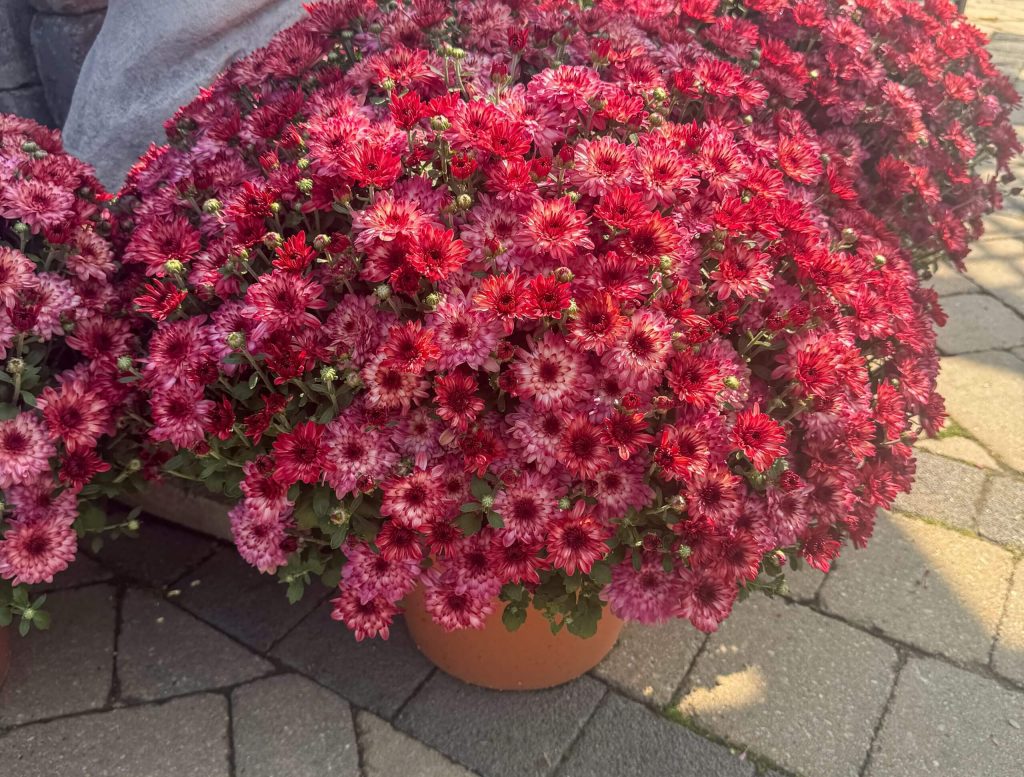
Chrysanthemums, commonly known as mums, bring vibrant color to your outdoor space just as the leaves begin to change. These flowers are a favorite among gardeners for their ability to thrive in cooler temperatures and their wide range of colors. However, timing is everything when it comes to planting mums. When exactly is the best time to plant mums, and what can you do to help them flourish? Let’s explore this together.
When to Plant Mums
Timing is crucial when it comes to planting mums. The best time to plant mums is late summer to early fall, ideally between late August and mid-September. This timing allows the plants to establish strong roots before the first frost, ensuring they can withstand the winter and return strong the following year. Planting mums too late in the fall may not give them enough time to establish, risking their survival during the colder months.
Tips for Planting Mums
- 1
Choose the Right Location
Mums love the sun. Pick a spot in your garden that receives at least six hours of sunlight daily. This ensures that your mums will produce the most vibrant blooms. While they can tolerate some shade, too little sunlight will result in plants with fewer flowers. - 2Prepare the Soil
Mums thrive in well-drained soil that’s rich in organic matter. Before planting, work compost or aged manure into the soil to improve its texture and fertility. If your soil is heavy clay, consider adding sand or perlite to improve drainage, as mums don’t like their roots to stay wet. - 3Space Them Out
When planting mums, be sure to space them about 18 to 24 inches apart. This gives each plant enough room to grow and spread without competing for nutrients. Proper spacing also improves air circulation around the plants, reducing disease risk. - 4Water Consistently
Water your newly planted mums thoroughly and continue watering them regularly throughout the growing season. Mums need consistent moisture, especially during hot, dry periods. Be careful not to overwater, as soggy soil can lead to root rot. - 5Mulch for Protection
After planting, apply a layer of mulch around your mums to help retain soil moisture and regulate temperature. In colder climates, this layer of mulch can also protect the roots from freezing during the winter. Just be sure to keep the mulch a few inches away from the base of the plants to prevent rot. - 6Inspect
Mums are susceptible to certain pests and diseases, such as aphids, spider mites, and powdery mildew. To keep them healthy and thriving, take preventive measures like regular inspections.

Mums as Perennials
Mums are often grown as annuals, but with proper care, they can be a perennial addition to your garden. Good Housekeeping says early-blooming varieties are more likely to return despite our cold Midwest weather. After they’ve finished blooming in the fall, cut the stems back to about 4 inches above the ground. Leave the plant in place and cover it with mulch to protect it through the winter. In the spring, remove the mulch and watch as new growth emerges.
Mums will bring vibrant color to your garden just as the summer blooms begin to fade. By planting mums at the right time and following a few simple care tips, your garden will burst with color every fall. Visit our Garden Center to explore our variety of mums and get expert advice on planting and care. Our team is here to help you choose the best options for your garden.
Share
Related Posts


